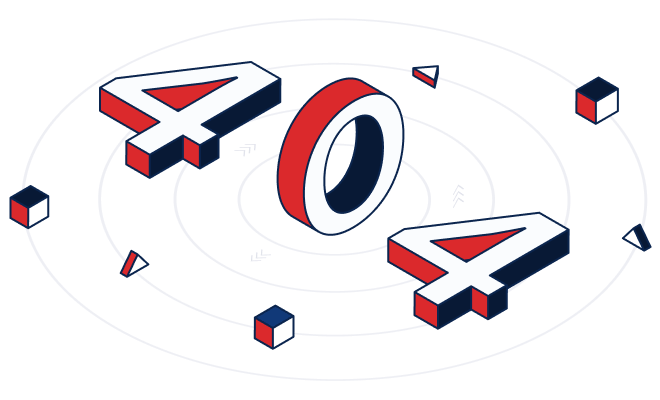404

Adamo Software is a premier software development company in Vietnam. Our dedicated developers are here to facilitate international enterprises' ideas to life.
At Adamo, we understand clients' needs and market. Our goal is to provide custom software development solutions that tailor for your business.
Adamo is a dedicated team of software engineers, designers, QAs and PMs making robust efforts to deliver exceptional software outsourcing solutions.
Every Adamo client has distinct requirement, we all share the need and problems for products that build and boost revenu streams and streamline operations.
CTOs help business owners to give IT expert advice ranging from diverse industries and keep updated with the latest technologies to successfully deliver mobile-friendly UI/UX design solutions. Need to build mobile app development projects?
As a leading mid-sized software development company in Vietnam, Adamo Software leverages competent and broadening experiences to create cutting-edge solutions.

Adamo Software reach the leading Vietnam software outsourcing company, delivering custom software solutions with the latest technologies in travel and tourism.

We are leading healthcare software in Vietnam, providing innovative software outsourcing solutions for healthcare with the rise of cutting-edge technologies.

Our dedicated development team has built successfully several fintech solution projects that are tailor-made for every project requirement, leading market.

Our dedicated development team has built successfully several fintech solution projecOur services of developing food & beverage software provide you with a series of realistic features from basic to advance for ordering apps in roundly 15 mins.ts that are tailor-made for every project requirement, leading market.

Adamo's dedicated team have created successfully some social networking apps, dating apps and web-based solutions in the media and entertainment industry.

With profound technological knowledge and experiences in diverse industries and skills of our developers, Adamo team offers education, e-commerce and retail.
Our dedicated software development team leverages Agile project management model. We help you build, motivate and manage custom software outsourcing projects.
Adamo is the leading mobile development outsourcing in Vietnam with profound experiences and skills, providing offshore software development services.
Along with website development services, we offer high-end consulting services including expert and project management related to website design and web app.
As a leading machine learning with bespoke AI-powered solutions, Adamo Software provide the premium AI development services to assist business in the market.
Hire our premium blockchain development services from the IT talent pools which are expertly matched to diverse business ideas, as the company competitiveness.
Adamo's devOps consulting services help firm optimize their IT-related lifecycle, workflows, software delivery time to the market with no-risk trials.
As a leading mobile app development company in Vietnam, Adamo provides the latest news and critical information about app development cost, app development strategies, etc.
Adamo Software will give advice on how to develop web-based applications, web application development cost, website development ideas, and up-to-date technology trends.
Our blogs present essential aspects related to hiring a dedicated development team for clients’ projects from the beginning to product launching as well as the cost for hiring.
As an experienced custom software development company, Adamo shows you how to build a custom software development and other aspects including cost, strategy, methodology.
Adamo has a chance to work with companies for our software outsourcing service. Our blogs show you how to work, software outsourcing services, and our experts in many fields.
Adamo’s news will open an official space for us to recap and showcase our interesting and fascinating company activities throughout the year: The Adamo Show, New Year Party, etc.

